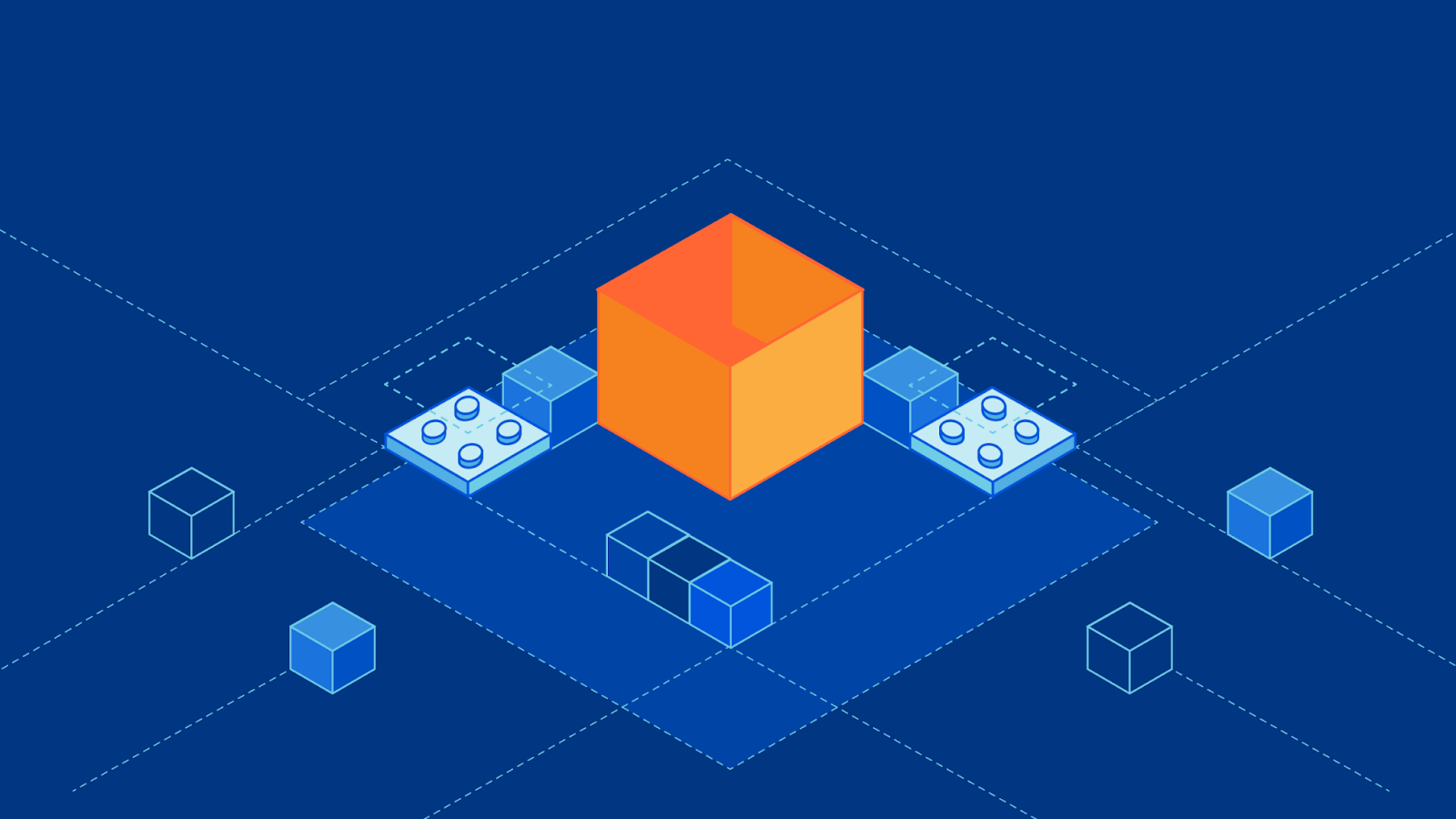ROFL with a LOL: rewriting an NGINX module in Rust


At Cloudflare, engineers spend a great deal of time refactoring or rewriting existing functionality. When your company doubles the amount of traffic it handles every year, what was once an elegant solution to a problem can quickly become outdated as the engineering constraints change. Not only that, but when you're averaging 40 million requests a second, issues that might affect 0.001% of requests flowing through our network are big incidents which may impact millions of users, and one-in-a-trillion events happen several times a day.
Recently, we've been working on a replacement to one of our oldest and least-well-known components called cf-html, which lives inside the core reverse web proxy of Cloudflare known as FL (Front Line). Cf-html is the framework in charge of parsing and rewriting HTML as it streams back through from the website origin to the website visitor. Since the early days of Cloudflare, we’ve offered features which will rewrite the response body of web requests for you on the fly. The first ever feature we wrote in this way was to replace email addresses with chunks of JavaScript, which would then load the email address when viewed in a web browser. Since bots are often unable Continue reading



